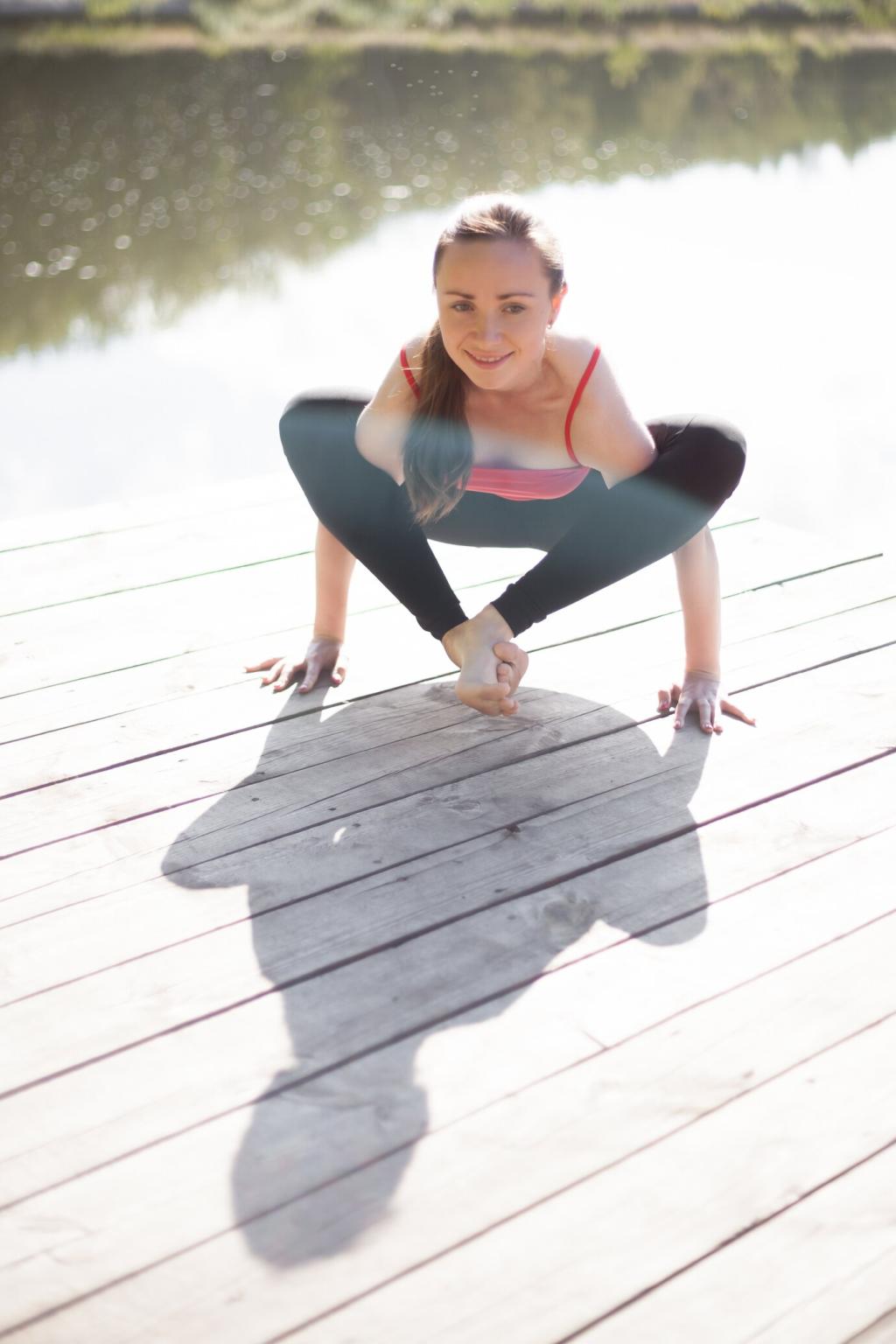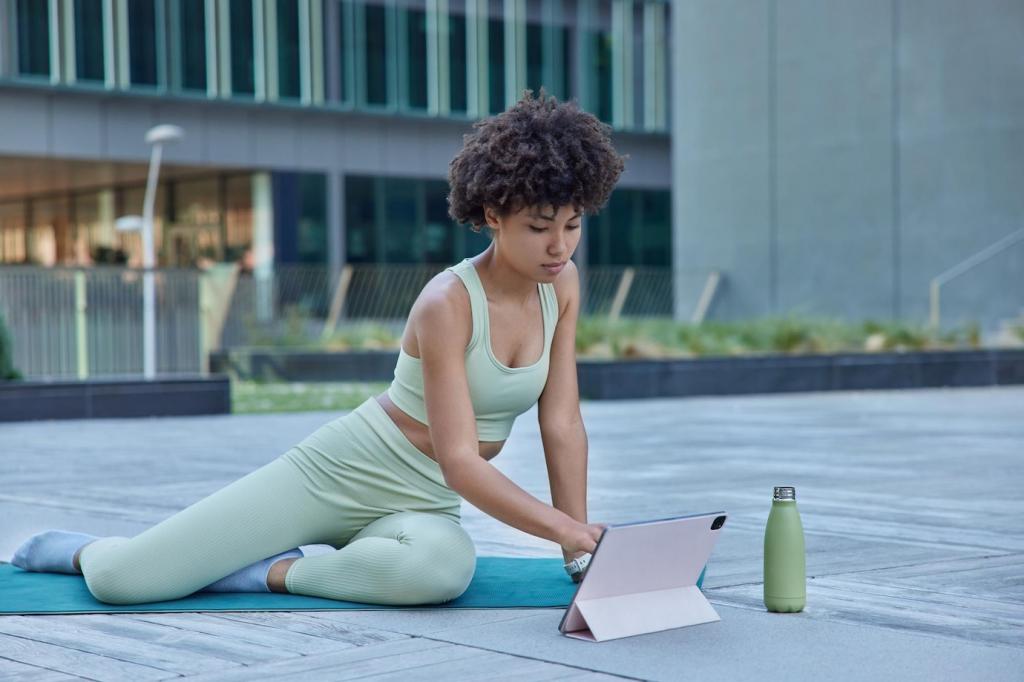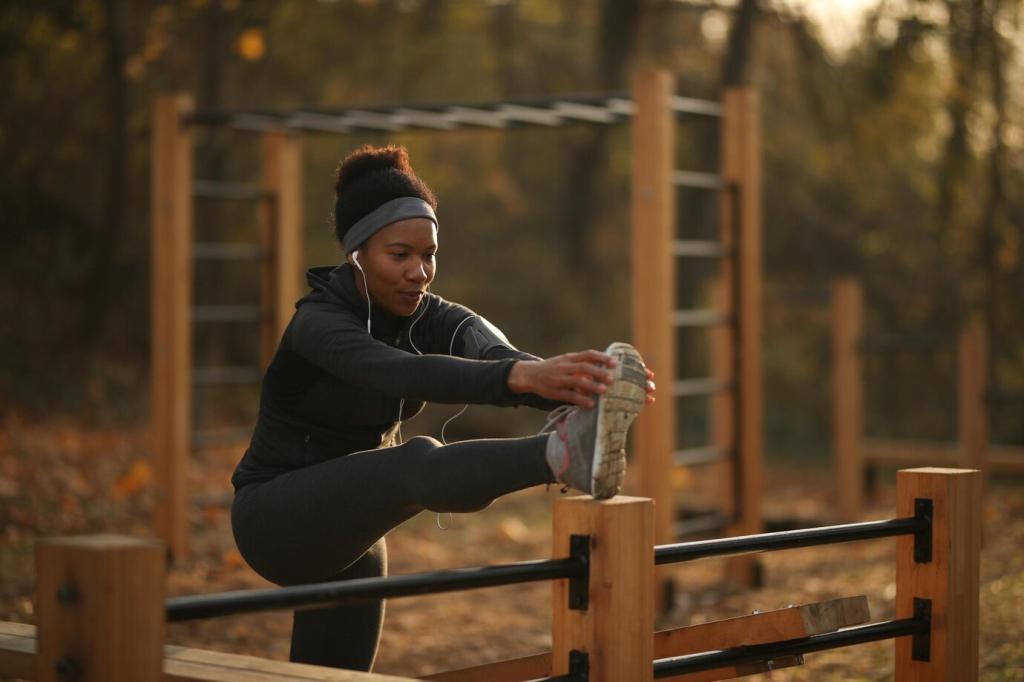Recovery and Sleep with PMR
After tough work, waste tension lingers in forearms, hip flexors, and jaw. Spend six minutes sweeping those regions with light tense–release and slow exhales. Pair with a sip of water and quiet breathing. You will feel perceived heaviness increase as readiness to recover rises, setting tomorrow’s quality up today.
Recovery and Sleep with PMR
Fifteen minutes before bed, dim lights and run a gentle head-to-toe release, favoring long exhales and soft eyelids. Imagine each muscle group setting down a small backpack of weight. If thoughts race, count releases rather than sheep. Track how quickly you fall asleep and share improvements after a week.









